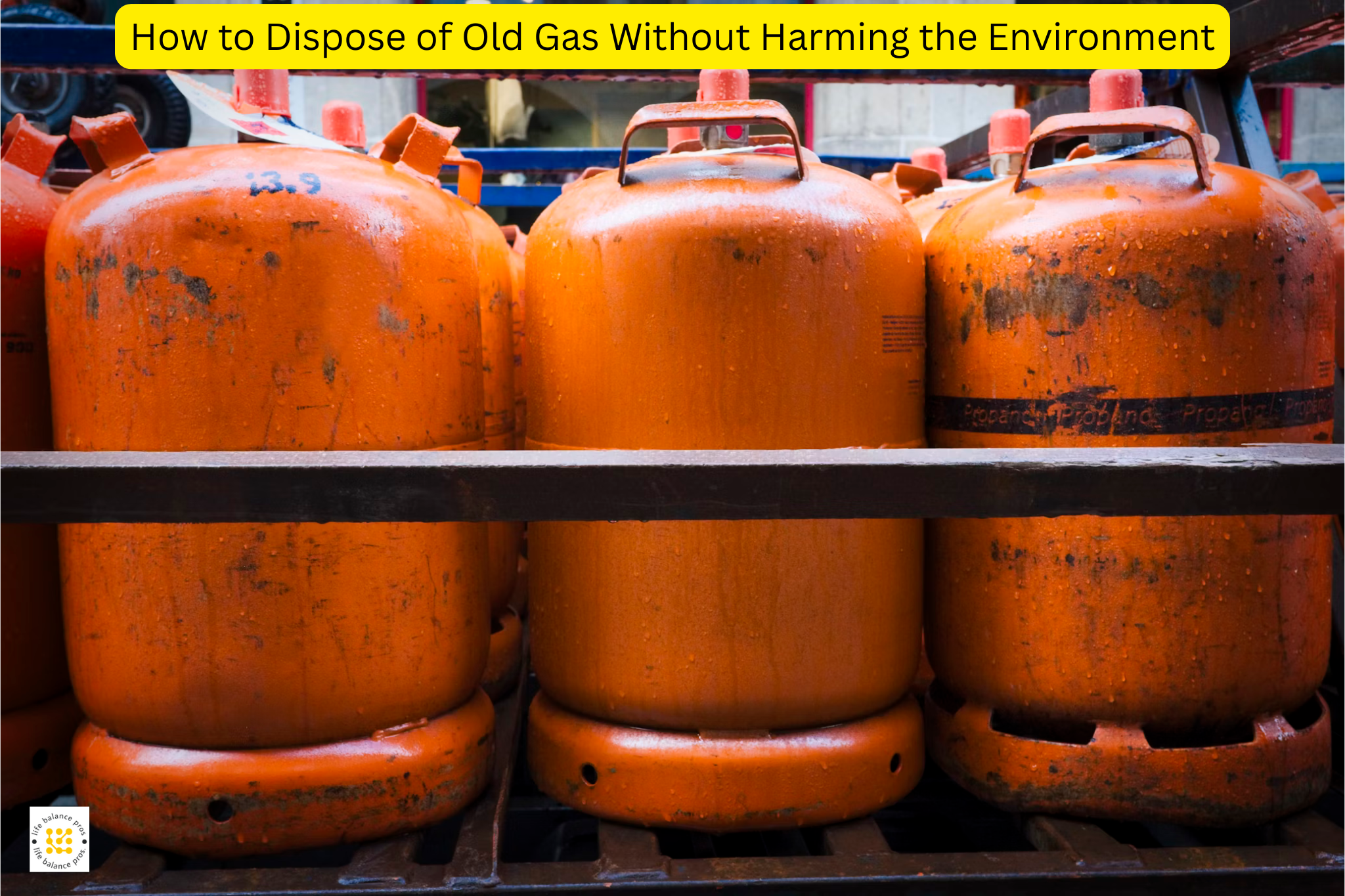Simple, Actionable Steps You Can Follow Today
We’ve spent years helping homeowners and hobbyists tackle messy chores—and nothing slows you down like leftover fuel that sits around forever. Picture this: you find a half-full can of gas in the back of your shed, and you think, “What now?” That’s where we come in. In this guide, we cover how to dispose of old gas safely and also show you the right way to get rid of old gasoline without risking fines or harming nature.
By the end, you’ll know what containers to use, where to take that old fuel, what not to do under any circumstance, and some bonus tips to avoid future buildup. Ready? Let’s make that garage safe again.
Why Old Gas Isn’t Just Old—It’s a Hidden Hazard
You might think gas is just, well, gas. But it ages like milk. Over time, its components separate and form sludge. Engines hate sludge. They choke on it, leading to clogs or outright failure.
Beyond your equipment, the environment pays a big price. Pouring gas on the ground or down a drain lets toxic chemicals seep into soil and water. Even a small spill can contaminate thousands of gallons of water. That’s bad news for plants, animals, and people.
So yes, old gas is a real problem—and tossing it in the trash is out of the question.
How to Get Rid of Old Gasoline—Step by Step
Here’s the heart of our guide. Follow these steps, and you’ll handle that can of fuel like a pro.
1. Label Your Container Clearly
First, write “OLD GAS” in big letters on the container. That way, no one grabs it by mistake. Use a waterproof marker so it stays readable.
2. Transfer to an Approved Container
If your gas can is cracked or corroded, move the fuel to a sturdy, approved container. These are rated for flammable liquids. Make sure the cap seals tightly—it stops vapors from escaping.
3. Find Your Local Disposal Site
Cities and counties often run Household Hazardous Waste events. They accept old paint, cleaning chemicals, and gasoline. You can locate drop‑off sites by visiting EPA’s Household Hazardous Waste resource or by using California’s Household Hazardous Waste program. If you’re unsure, call your local waste office. They’ll point you in the right direction.
4. Ask Auto Shops or Mechanics
Many repair shops take old fuel. They have systems to dispose of or recycle it safely. Give them a quick call. It’s often free and lets you skip the wait at public events.
5. Transport Safely
Keep the can upright in your vehicle. Place it on a stable surface, on a towel, so it doesn’t slide. Drive directly to the disposal site—don’t leave it in your trunk for days.
What NOT to Do with Old Fuel
Let’s be honest: some DIY tips online are terrifying. Avoid these at all costs:
- Don’t pour gas on the ground. That pollutes water and soil.
- Don’t dump it in storm drains or toilets. It ends up in streams.
- Don’t burn it in fireplaces or fire pits. You’ll get toxic smoke and risk an explosion.
- Please don’t mix it with other chemicals like oil or antifreeze. You create a toxic mess that’s harder to dispose of.
- Don’t try to evaporate it. That leaves residue and dangerous fumes.
Stick to our safe method above.
Extra Tips and Tricks for Smart Handling
Okay, fine—you followed the steps. But here are a few extra pointers to make it even easier:
Reuse in Older Equipment (With Caution)
If your fuel is less than six months old and looks clear, you can dilute it. Mix ten parts fresh gas with one part old. Use it only for outdoor tools like lawnmowers or generators. Engines are forgiving at low loads, but don’t risk your car’s engine.
Community Exchange Programs
Some neighborhoods host tool-and-fuel swaps. People share gas they know is fresh. Check local community boards or social groups. You might turn your old can into someone else’s next project fuel.
Plan Your Fuel Purchases
Stop the buildup before it starts. Buy only what you’ll use in the next 30 days—running equipment until the tank is nearly empty before storage helps. That way, less stale gas lingers.
How Proper Disposal Saves You Money and Headaches
Sure, disposal might cost a small fee or take a trip. But consider the alternative:
- Repair bills for ruined engines can run hundreds of dollars.
- Environmental fines for illegal dumping can reach thousands.
- Cleanup of a contaminated driveway or yard is pricey.
By taking a simple trip to a drop-off site, you dodge these dangers. It’s a small step with big savings.
Prevent Future Fuel Pileups
This whole process doesn’t have to be a regular headache. Here’s how we keep our fuel situation in check.
- Date-Stamp Your Cans: Write the purchase date on each can. Use the oldest first.
- Store in the Shade: Heat speeds break down. A cool, shaded spot slows aging.
- Rotate Stock: Move older cans to the front. That way, they get used up.
- Routine Runs: For tools you only use seasonally, run them until nearly empty before storage.
A bit of planning prevents that mysterious can from hanging around.
Your Next Steps—Take Action Now
You’ve read the guide. You know how to dispose of old gas and how to get rid of old gasoline properly. Now, turn knowledge into action.
- Hunt down that forgotten can.
- Label it and secure it.
- Find your local disposal option today.
- Plan your future fuel use.
Your garage will be safer. Your community will thank you. And you’ll sleep better knowing you handled it right.
Conclusion: We’re Here to Help You Do It Right
We’ve guided you through every step—why old fuel is dangerous, how to handle it, what to avoid, and how to prevent buildup. Our goal is simple: keep you safe, protect the environment, and save you money.
If you follow this plan, you’ll never worry about that old gas can again. And if you ever need more tips or support, we’re just a call or message away.
Call to Action: Don’t wait. Gather your old fuel cans now and schedule a drop-off. Let’s make your garage clutter-free and keep our planet clean.




